Notes
Best of the Bag 2012: Instagram, Twitpics, and the Immediacy of Now
Twitpics and photographs posted on Instagram are generally not noted for their beauty: the lighting can be harsh, the focus blurry. They’re notable because they are often directly accessible and seen without interference by the usual photography gatekeepers. Social media amplifies the change wrought by the advent of the cell phone camera: any reporter, photographer, any government, any person can post photos of events immediately after they happen for whatever purpose. Of course, Bag will look at that purpose and did so for our collection of social media-posted photos in 2012.
As Israel and Hamas engaged in a dramatically vacuous Twitpic war over children injured in the bombings, Michael found that he could only “label the tweets above (even if one comes from a BBC correspondent, the other unidentified as an IDF spokesperson) as a context-challenging amalgam of witnessing/reporting, grieving and fist-shaking.” Without the photo editor, the identified publication or the wire service, the claimed objectivity, the war on the ground becomes the war in the social media with each side shouting evidence of the brutality of their foe.
We see the immediate free flow of social media-posted photos as a “piercing of the filter”, whether that filter is through an editor or a political organization like the RNC, which, during their Tampa convention, placed their few delegates of color (looking at you, American Samoa) near the stage in order to give evidence of the GOP Rainbow. What photographers posted on social media, showed a different demographic.
Of course, the difference doesn’t always lie in whether a photo is edited as part of a published collection or posted immediately on Twitter. In Instagram and Murder, we found the New York Times ran a photo of the Empire State shooting victims which was also taken by a witness and just as gory and voyeuristic as any of the social media posted photos of the incident. The distinction was the artfulness of the victim photo in the NYT rather than censorship for viewer sensibilities. And so the distinction disintegrates: it’s not the gore, or voyeurism, lack of bias, or the witnessing nature of the social media photo. It’s the newness of accessibility and the rawness of immediacy.
That point was most clear in our first 2012 post using an Instagram posting of a photo which, as luck would have it, came out at the same time as the U.S. Supreme Court signaled their decision on Obamacare in June of this year. It paired a frivolous photograph of Madonna’s daughter mocking her mother’s famous brand and a photo of the media by the media capturing reporters sprinting from the Supreme Court to report the decision (wrongly, as it turned out).
Are the photos related? Both are self-conscious referral: fame to fame and media to media. But as the child of fame brilliantly cites and mocks her mother’s schtick and reporters are mocked by other journalists in their dash from the Supreme Court puff of smoke, you have to wonder if that’s all that’s left to report. That no news is new news, no photo particularly different from any other photo of the repetitive events around us. We just have the ability to be immediate and have an immediate audience.
(Homepage Photo: Muhammad Malik on Instagram. Photo 1: via Avital Leibovich, Israeli Defense Forces Spokesperson. Photo 2: via Paul Danahar, the BBC’s Middle East bureau chief, from al-Shifa hospital in Gaza City, published in NYT. Photo 3: Ben Lowy/@newyorkermag. caption: Tampa, FL | August 30, 2012 RNC delegates recite the Pledge of Allegiance on the final night of the 2012 Republican National Convention. Photo 4: Sam Gerwitz. Photo 5: Twitter/@MaterialGirl. Photo 6: Mark Wilson/Getty Images. caption: Reporters run with the U.S. Supreme Court’s health care decision on June 28, 2012 in Washington, DC. Today the high court upheld President Obama’s health care overhaul, in a victory for the president and Congressional Democrats.)
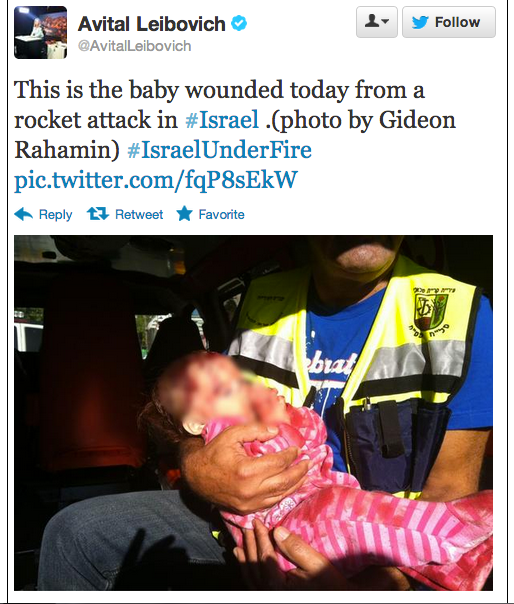
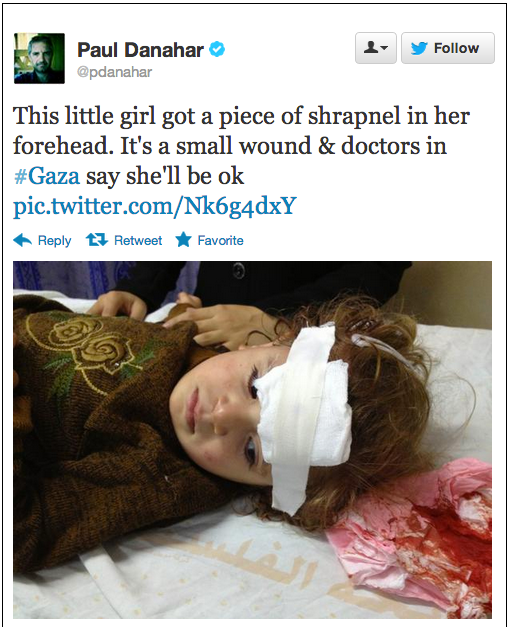

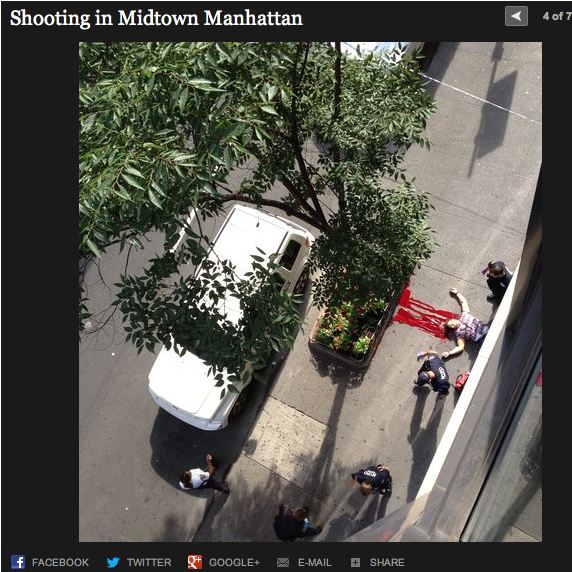
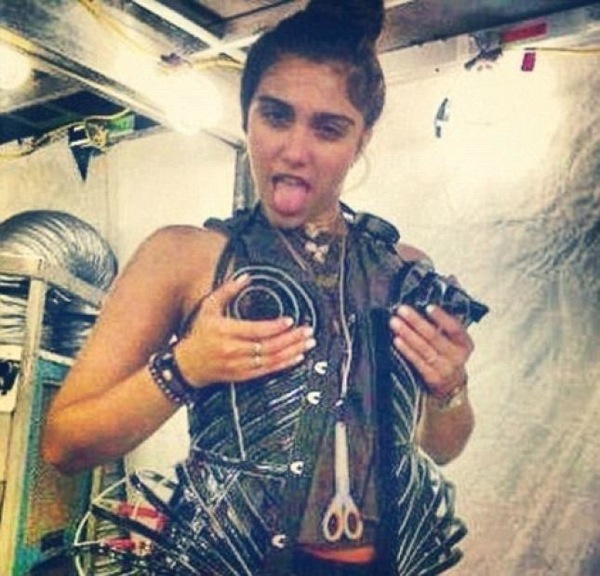
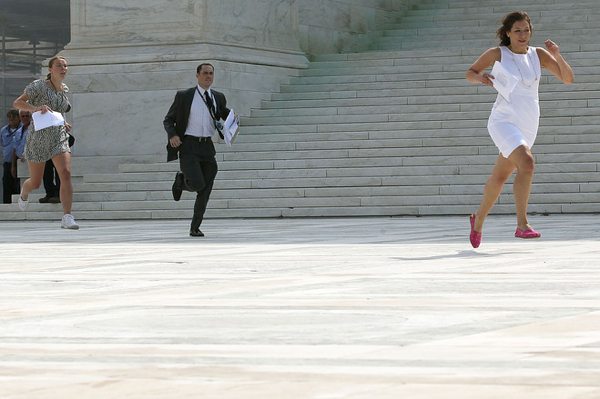

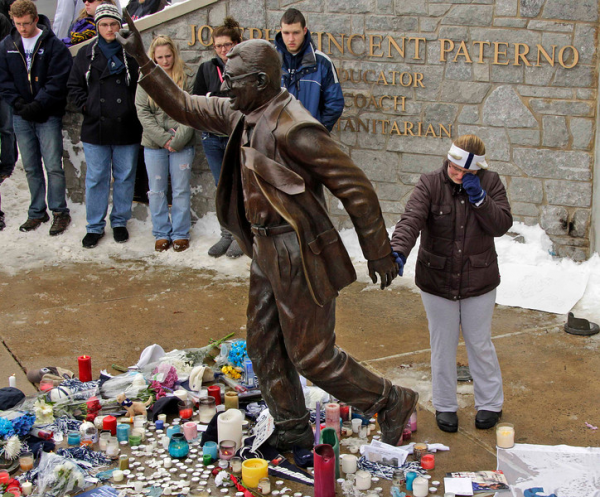
Reactions
Comments Powered by Disqus